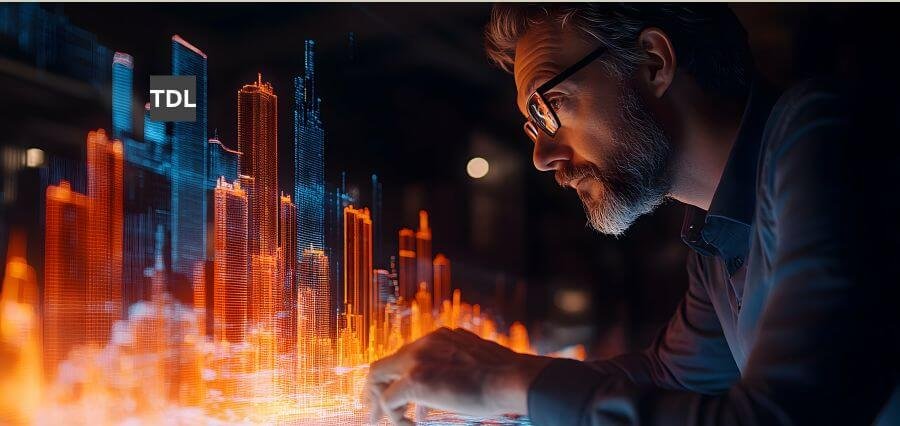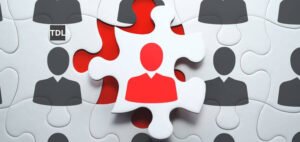The hum of traffic, streetlights glowing, people on the go-bay to bay-that’s the familiar sounds of life in a city. Yet below the surface, cities have begun a quiet revolution. And the emergent possibilities include the transformation of cities into better-controlling, efficient, and livable areas for the future. Huge networks of interwoven connected devices and sensors would be woven into the very fabric of urban infrastructure to yield oceans of data to be mined for optimization, be it in the flow of traffic or energy consumption. This paper elaborates on the transformative capacity of IoT for shaping the future smart city by putting its huge applications, problems, and more importantly, a need for an unshakeable IoT framework under focus.
Emerging Smart City
Smart city is no longer just the term of a technological revolution. It speaks more about a sensitive city in meeting the needs of its citizens, bringing forth the better quality living, improved efficiency, and better sustainability within a city. Backing this stand is the phenomenon of IoT that is actually nothing but an entity of physical things embedded with sensors, software, and network connectivity, through which data are acquired and communicated using them. If analyzed and interpreted, such data can inform a wide range of decisions on the part of planners to positively shape the urban context.
Major applications of IoT in smart cities
The applications of IoT in smart city development are manifold and are emerging continuously. These include…
Smart Traffic Management: Real-time monitoring of traffic flow will be done with the help of IoT-enabled sensors embedded in roads and traffic lights. This ensures the dynamic adjustment in the timing of traffic lights, which optimizes the flow of traffic and reduces congestion. It saves time for commuters, fuel consumption is cut down, and eventually fuel emissions decrease. More importantly, with vehicle-to-everything communication between vehicles and with the infrastructure, the real-time traffic updates are enabled, thus adaptive routing can be possible.
Smart Energy Management: With the usage of IoT devices, the amount of energy consumption within buildings and the city could be measured so that the exact areas of inefficiency can be identified, which would then result in the implementation of automatic adjustment to optimize the usage of energy. IoT sensor-powered smart grids would allow for the recognition of fluctuating energy demand and respond by setting a stabilized supply of energy. Smart streetlights, those lighted with motion sensors, would naturally dim or switch off when not in use; this would save a pretty good amount of energy from being consumed.
Smart Waste Management: IoT-enabled bins can sense their fill levels and alert the waste collection service when they are full. It optimizes routes for waste collection, reduces fuel consumption, and improves efficiency. Data on generation can also be used to help develop waste management strategies and increase recycling.
Smart water management is in the process through IoT sensors for the monitoring of water level in the reservoirs and in pipelines that helps determine leakages so no loss occurs. Meters will also measure consumption at real-time where individuals are aware and conscious to decrease usage of water.
Environmental Monitoring: Sensors can monitor water and air pollution, thus providing actual data on levels of pollution in real time. This information may be used to take action over time by environmental authorities. Also, it helps in urban planning to create health-friendly urbanization.
Public Safety and Security: Public space can be monitored using IoT-enabled cameras and sensors, therefore detecting suspicious activities, hence increasing public safety. With increased streetlights, smart sensors that will detect gunshots or any other form of emergency will be installed in real time, alerting the authorities automatically.
Smart parking: Using sensors enabled through Internet of things. They could trace the smart car parking through an IoT parking sensor. Now parking availability becomes immediate, meaning waste time over such parking could easily be prevented while searching a spot for car park by its own driver, maybe even relieve this traffic jam.
Citizen Engagement: Citizens can be engaged with the city authority for reporting, feedback, and contribution towards urban planning decisions through IoT-based platforms. Therefore, it makes sense to develop community in an urban environment and activate citizens more towards participative roles within the life of a city.
Challenges and Considerations
The challenges for IoT in smart city development are also tremendous enough:
Data Security and Privacy: Due to the generation of a very large amount of data by the devices belonging to the IoT family, issues related to security and privacy of data arise. Sound measures in the form of security are required against unauthorized access or misuse of such sensitive data.
Interoperability: That is, to ensure that connected IoT devices or systems work appropriately with each other so that integrating smart city technology is seamless; standard protocols or data formats in provision will have to be sought.
Scalability: Installation of a smart city should take into account ever-growing and fluctuating sizes in data over the years. Supporting infrastructures or structures that absorb growing network demands for device would require critical consideration.
This will include infrastructure cost: The IoT networks installations and maintenance, and in itself, the necessary infrastructure is not going to be too cheap. Cities will look for innovative funding models which support smart city development.
Digital Divide: Thus, a smart city is defined as full citizens’ access towards all its advantages. Therefore, it is required to close the digital divide along with digital literacy education to be used in promoting inclusive development for smart cities.
Importance of IoT Framework
An adequate IoT framework should be incorporated into the successful development of smart cities. It must look for the standardization of the deployment and management of IoT devices and systems with assurance of interoperability, security, and scalability. A properly defined framework should also incorporate data governance, privacy, and citizen engagement.
Read more: Fayed Yousry: Aligning Operational Goals with Market Realities in Consulting





